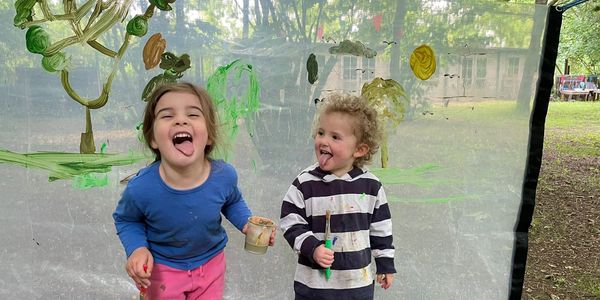About Us

Welcome!
Based just outside Hingham, Norfolk, Woodland Tales Forest School is a base for exploring nature and promoting health and wellbeing for all ages!
Our beautiful little patch of woodland hosts a range of groups suitable for babies right through to older adults.
Connect with nature, get some fresh air, make friends and feel part of a warm and supportive community.
Look out for our up coming workshops - mushroom foraging, wine tasting, cheese making, Halloween crafts, Christmas crafts and more!

Woodland Tales in autumn / winter
Join us for our Forest Friends and Stay and Play sessions this Autumn and Winter
Wednesdays (Forest Friends - all ages welcome) 10am - 11:30am
Thursdays (Stay and Play - 0 to 5 years) 10am - 11:30pm
Babies and pre-walkers are FREE

Wildlife Watch - December
Some of the things happening in nature this month...
Winter is on its way!
December heralds the start of winter, a time when the days are short, the nights are long and the temperatures cold. While at first glance it might seem like the natural world has gone to sleep, look a little closer and you'll find that there's plenty to spot, from squirrels to vibrant winter birds, and from stoats to brown hares.

Booking and what to bring?
For all groups - Come prepared for the season and its possible weather - waterproofs, wellies, spare clothes, hats, gloves (lots of layers!) for autumn - spring.
In summer suncream, and no open toe shoes due to the uneven woodland ground and rouge nettles and brambles!
Bookings via www.bookwhen.com/woodlandtales